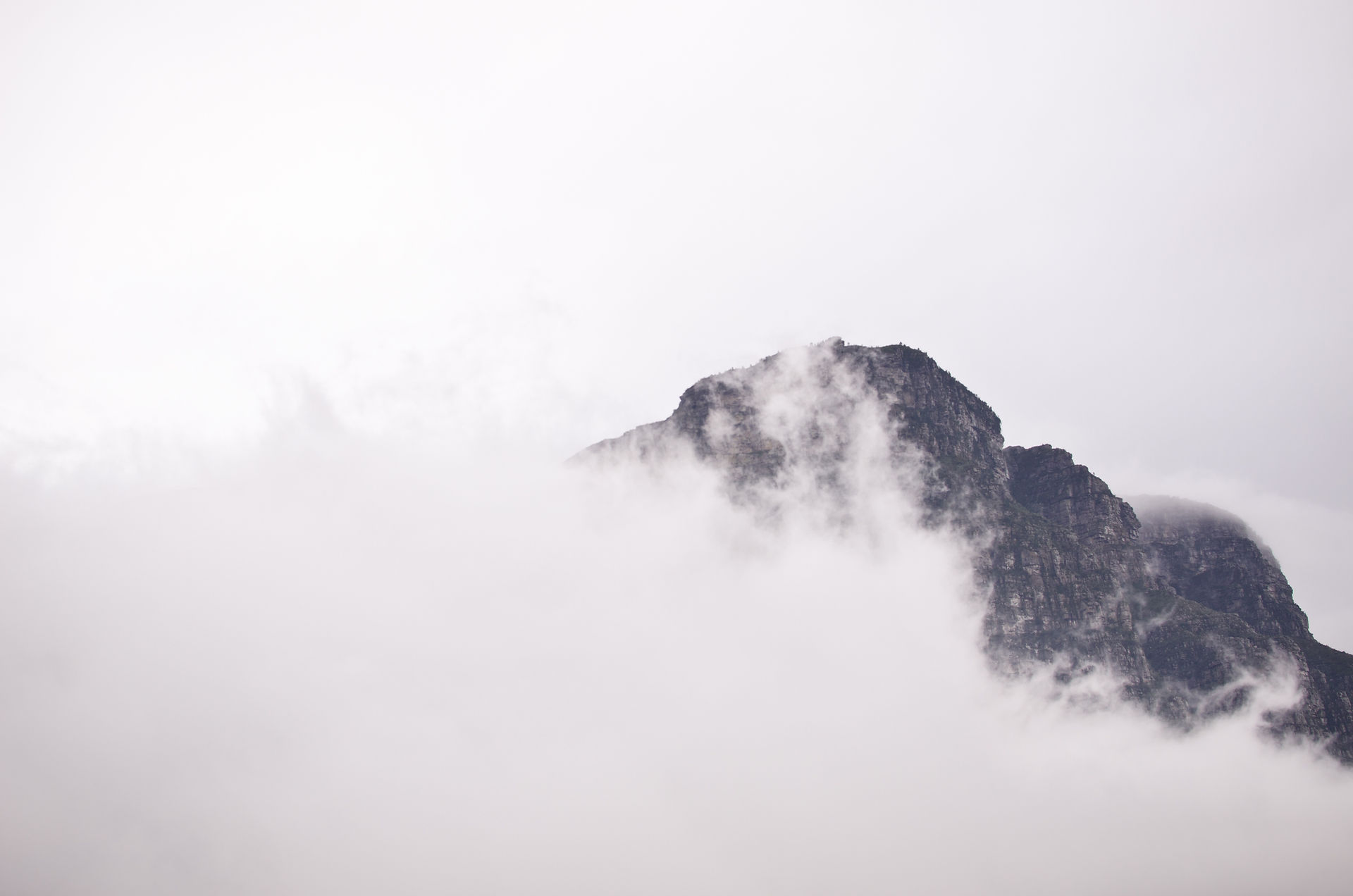top of page

Current Research
Did you know the concept of an ecosystem was based on a lake and how distinct it was from the surrounding land? Back in 1925, Stephen A. Forbes argued that lakes are so separate from the terrestrial environment they should be viewed as separate ecosystems. While this distinction was incredibly useful for the development of the field of ecology at the time, it certainly underestimated the interconnectivity of a lake with its surrounding environment and the subsequent impact on less obvious inhabitants of a lake such as the microbial community.
Mountain watersheds are like drains; and lakes are the recipients of all that flows across and through the land. Rain and snowmelt move downward through the landscape, collecting properties from the terrestrial environment as water drains into the lake. The properties of the hydrologic inflow can vary substantially depending on the characteristics of the terrestrial environment.
For example, inflow from a heavily vegetated region will have higher concentrations of plant-derived organic matter than inflow from a barren landscape.
The variable properties of inflow can subsequently influence lake ecosystems in different ways as well.
Microbial communities play a crucial role in the transfer of energy through an aquatic food web.
Chemotrophic bacteria consume dissolved nutrients directly flowing into a lake.
Heterotrophic bacteria subsequently consume the chemotrophic bacteria, which are then consumed by other heterotrophic bacteria, pathogenic fungi and protists, and so on and so forth up the food chain.
Because microbes are the first of the food chain to be impacted by the inflow of nutrients, they are ideal taxa to study the impacts of how inflow of differing characteristics impacts lake food webs.
Drainages that span the alpine-treeline ecotone also provide an ideal system to study the influences of runoff on lakes because of the abrupt shift in terrestrial environments.
My current research focuses on understanding how hydrologic inputs from the terrestrial environment influence lake microbial communities. Check out my projects below that aim to tease out the complexities involved.
Do bacterial communities in lakes below treeline differ from those in lakes above treeline? And if so, what are the driving factors?
Are there microbial community shifts correlated with spatial distributions and temporal influxes of terrestrially-derived organic matter?
Do microbial communities of alpine lakes shift in the presence of runoff from a subalpine forest?
bottom of page



